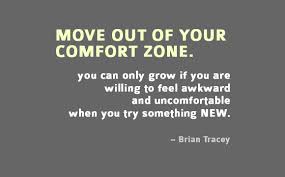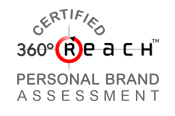 It is summer — even in New England! To many, summer brings a slower or different pace. A pace that often allows for reflection.
It is summer — even in New England! To many, summer brings a slower or different pace. A pace that often allows for reflection.
On a hot summer day, I love to lie in the grass and look up at the clouds, letting my mind wander about what is next for me and my career. A clear vision begins to form and I use that vision to generate a plan for the coming year.
As a kid I would lie in the grass, usually over several days and I would envision my life, my career — everything. Then I would have a clear picture of where I was going and what I needed to do in order to achieve my goals. The vision always became reality when I executed on the priorities. Then the following summer I’d expand my vision and paddle forward.
This process shaped my view of creating, managing and fine turning my life and my career and, to some extent, my view of how others manage their careers. As I see it, people often manage their careers as travelers on a river. They are either Floaters or Paddlers.
FLOATERS let the river take them wherever it chooses. They are content to watch the world go by at its own pace—with their progress and direction at the mercy of other forces. Floaters sometimes take an unexpected dip because they are not prepared for the currents. Floaters just let it happen.
There are floaters in the workplace, too. They allow bosses, department heads and other forces to direct their careers. Unprepared for change, they can find themselves “in deep water,” trying to figure out what happened – wondering if that promotion will ever come and where their career is going. Floaters don’t take control of their careers; they don’t live their purpose.
PADDLERS, on the other hand, take charge of their direction, path and speed. Paddlers are going somewhere – with a purpose. Paddlers make it happen.
Paddlers have a distinct mindset and a purpose. They think like the CEO of a business. They assess their strengths and weaknesses, develop their skills and hone an understanding of the currents, conditions and environment. Paddlers, like kayakers, have a plan for the trip. If they take a spill they have the ability, confidence and self-understanding to right the craft quickly and continue their journey. What might have been a disaster becomes a minor detour.
Are you a floater or paddler?
Does it matter? That is for you to decide.
Consider the following:
It is still a very competitive workplace and marketplace.
Releasing your career and floating down the river does limit your ability to control and influence your revenue stream (or salary, if you are still thinking like an employee) and your happiness. Floating can be stressful and unfulfilling. Stress and lack of fulfillment zap both the fun and enjoyment out of life and, at least for me, impact happiness.
Owning your career and your vision allows you to control the pace at which you paddle, influence your revenue and kick in your fun factor. Less stress, more money, the work you enjoy, and WOW, loving your life! Paddling does take work, yet for me it is the best choice.
Comment below and let me know if you are a Paddler or a Floater and why your choice is important to you.







